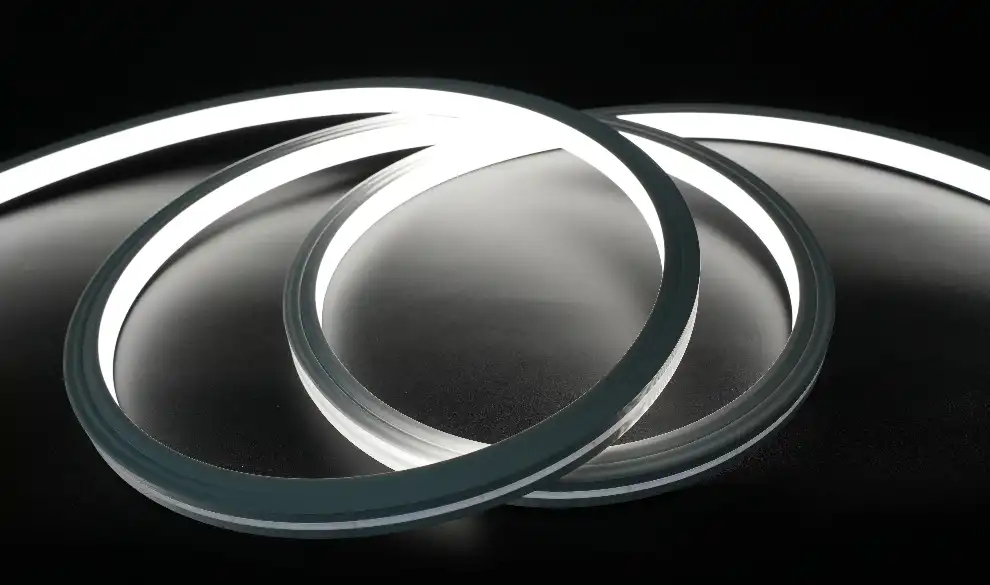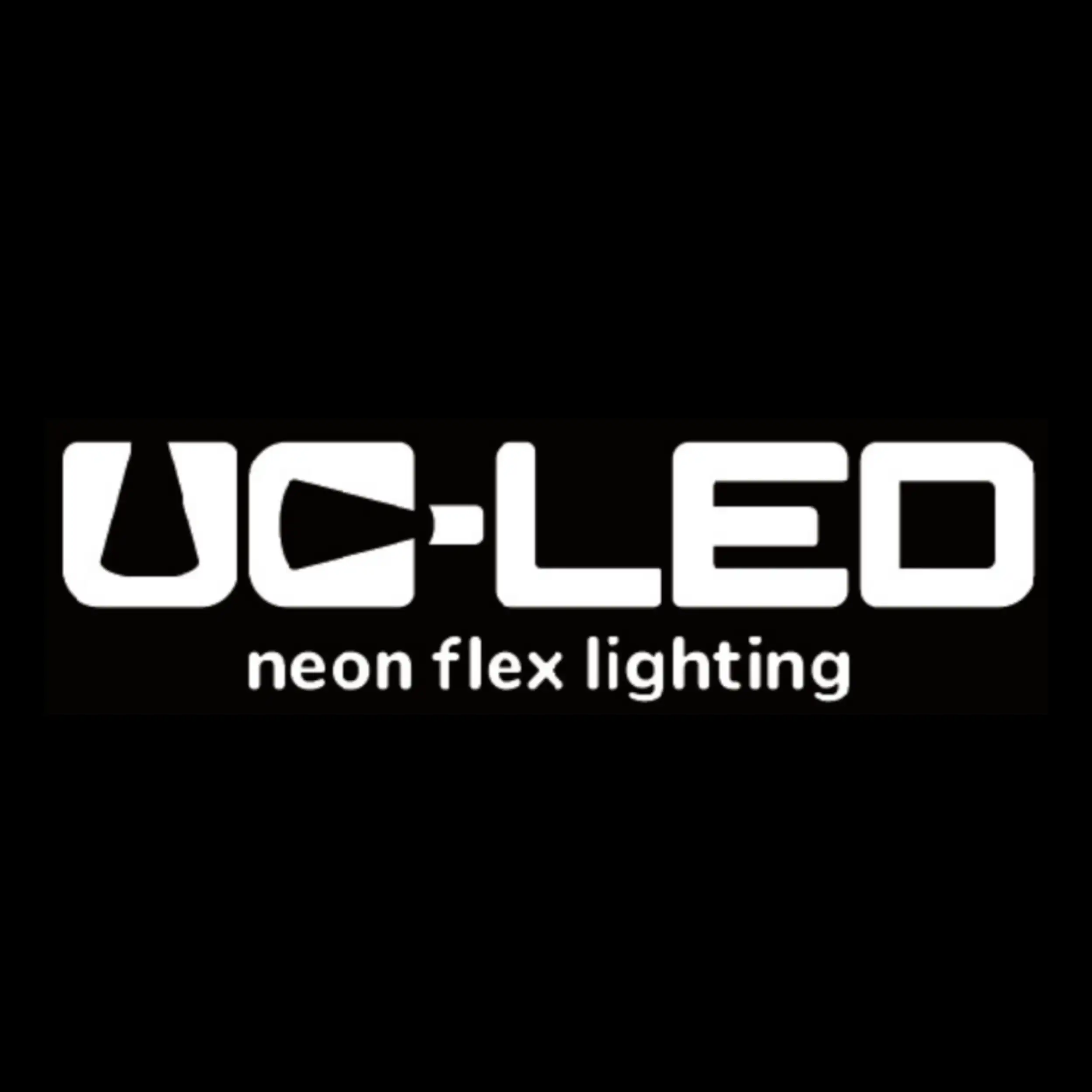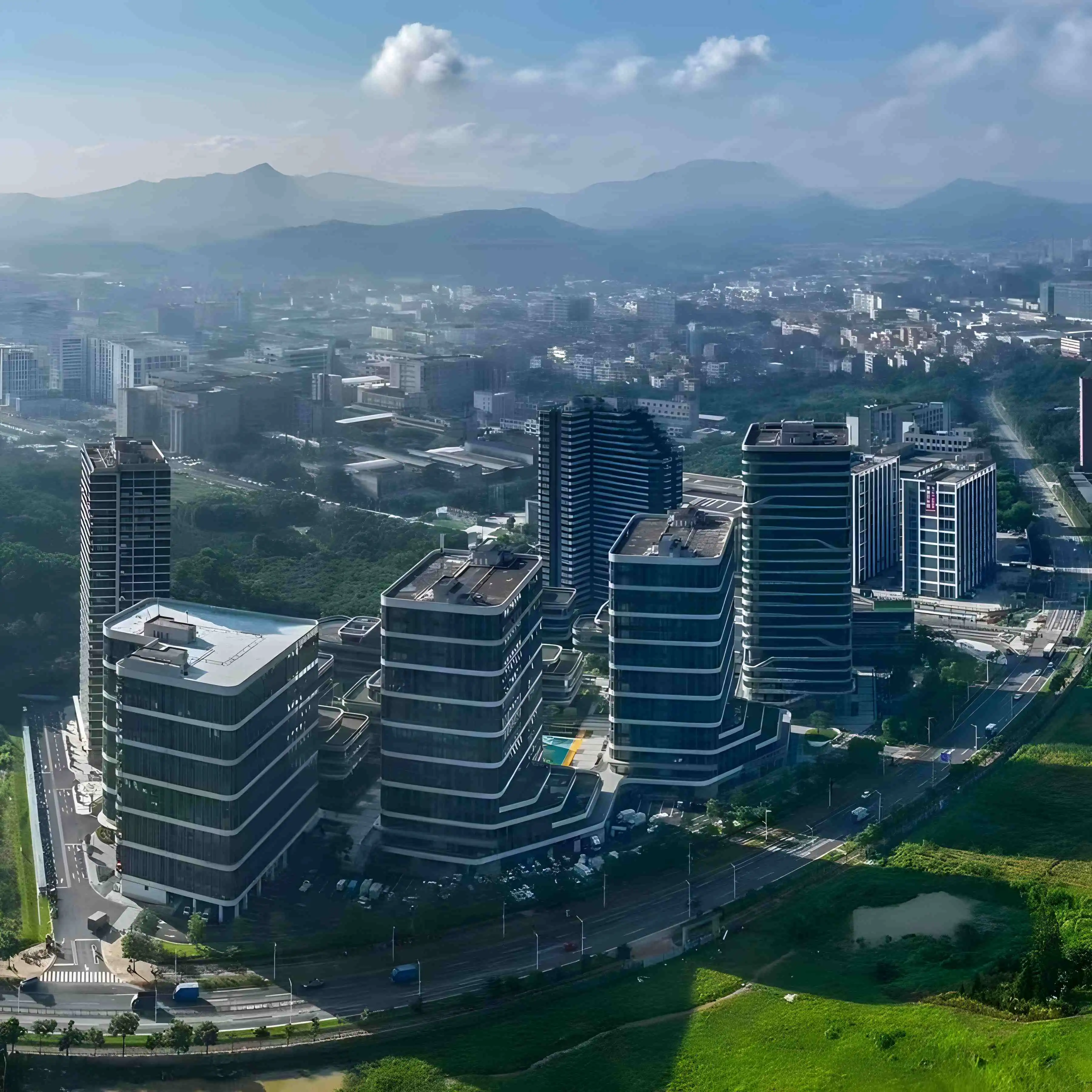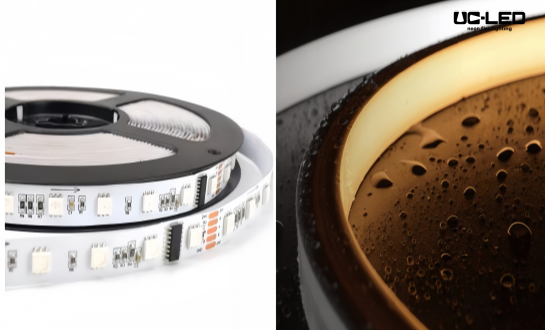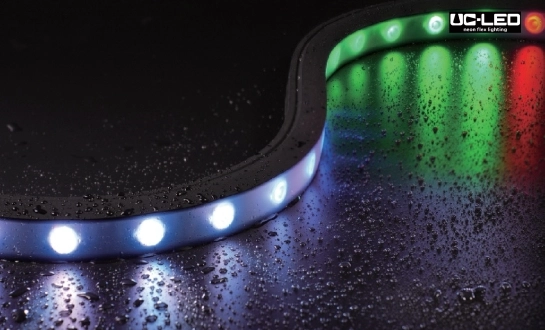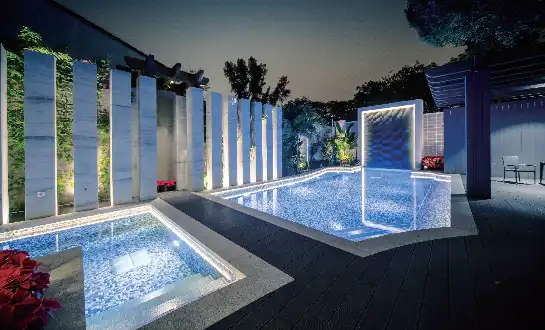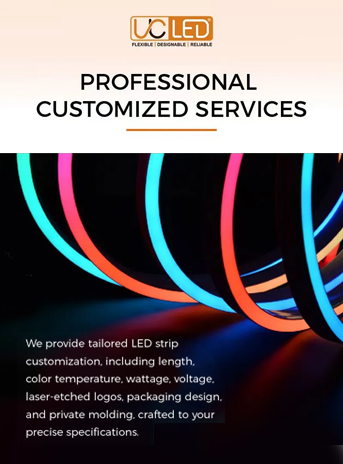The Art and Science of Architectural Illumination
Understanding the Basics of Facade Lighting
Architectural illumination is more than just lighting up a building's exterior. It's about creating a harmonious blend of light and shadow that accentuates a structure's unique features while contributing to the overall ambiance of the surrounding area. The process begins with a thorough analysis of the building's architecture, considering its shape, materials, and historical significance. This initial assessment guides lighting designers in choosing the most appropriate illumination techniques and fixtures.
One of the key aspects of successful facade contour lighting is understanding the interplay between light and the building's surface. Different materials react uniquely to light – glass reflects and refracts, while stone and concrete absorb and diffuse. By leveraging these properties, lighting designers can create depth, texture, and visual interest that may not be apparent during daylight hours.
The Impact of Color Temperature and Light Distribution
Color temperature plays a pivotal role in architectural illumination. Measured in Kelvin (K), it ranges from warm (2700K-3000K) to cool (5000K-6500K) tones. Warmer tones can create a welcoming, intimate atmosphere, ideal for residential or historical buildings. Cooler temperatures, on the other hand, can lend a modern, crisp look to contemporary structures. The choice of color temperature can dramatically alter the perception of a building's facade, influencing its mood and character.
Light distribution is another critical factor in facade lighting design. Uniform lighting can create a sense of stability and grandeur, while accent lighting draws attention to specific architectural elements. Grazing techniques, where light is cast at a sharp angle across a surface, can emphasize texture and create dramatic shadows. The strategic use of light distribution can transform a flat facade into a three-dimensional canvas, bringing life and depth to the building's exterior.
Advanced Technologies in Building Facade Lighting
LED Revolution in Architectural Lighting
The advent of LED technology has been a game-changer in the realm of architectural illumination. LEDs offer numerous advantages over traditional lighting sources, including energy efficiency, longevity, and versatility. Their compact size allows for more creative and discrete fixture designs, enabling lighting solutions that integrate seamlessly with architectural elements.
One of the most significant benefits of LED technology in facade lighting is its ability to produce a wide range of colors and color-changing effects. This opens up possibilities for dynamic lighting schemes that can transform a building's appearance throughout the night or for special events. Advanced LED systems can be programmed to create intricate light shows, turning building facades into massive digital canvases.
Smart Lighting Systems and Controls
The integration of smart technology into building facade lighting has ushered in a new era of efficiency and interactivity. Intelligent lighting control systems allow for precise management of light levels, color, and timing. These systems can adjust lighting based on various factors such as time of day, weather conditions, or special events, ensuring optimal illumination while minimizing energy consumption.
Moreover, smart lighting systems facilitate remote monitoring and management, enabling real-time adjustments and maintenance scheduling. Some advanced systems even incorporate sensors that can detect pedestrian activity or environmental conditions, allowing the lighting to respond dynamically to its surroundings. This level of interactivity not only enhances the visual appeal of building facades but also contributes to creating smarter, more responsive urban environments.
Sustainable Practices in Architectural Illumination
Energy Efficiency and Environmental Considerations
As the world becomes increasingly focused on sustainability, the architectural illumination industry is adapting to meet these challenges. Energy-efficient lighting solutions, particularly LED technology, have become standard in facade lighting projects. These systems not only reduce energy consumption but also minimize maintenance requirements and associated costs.
Designers are also paying more attention to light pollution, implementing strategies to reduce sky glow and light trespass. This includes using fixtures with precise beam control, implementing cut-off angles to prevent light spill, and utilizing adaptive lighting systems that dim or turn off lights during low-activity hours. These practices not only conserve energy but also protect nocturnal ecosystems and preserve the night sky for astronomical observation.
Integrating Renewable Energy Sources
Innovative facade contour lighting projects are beginning to incorporate renewable energy sources, further enhancing their sustainability credentials. Solar-powered lighting systems, for instance, can significantly reduce a building's reliance on the grid. Some cutting-edge designs even integrate photovoltaic cells directly into the building's facade, creating a seamless blend of energy generation and architectural lighting.
Another emerging trend is the use of kinetic energy harvesting systems. These innovative solutions capture energy from sources like wind or pedestrian movement, converting it into electricity to power facade lighting. While still in its early stages, this technology holds promise for creating self-sustaining lighting systems that add an extra layer of interactivity and sustainability to architectural illumination.
Conclusion
Building facade lighting has evolved from a purely functional necessity to an art form that shapes our urban landscapes. As technology continues to advance, the possibilities for creating stunning, energy-efficient, and interactive architectural illuminations are boundless. Whether you're an architect, a lighting designer, or simply someone fascinated by the transformative power of light, the world of facade lighting offers endless opportunities for innovation and creativity. For more information on cutting-edge lighting solutions for your next architectural project, don't hesitate to reach out to us at Linda@uc-led.com.
